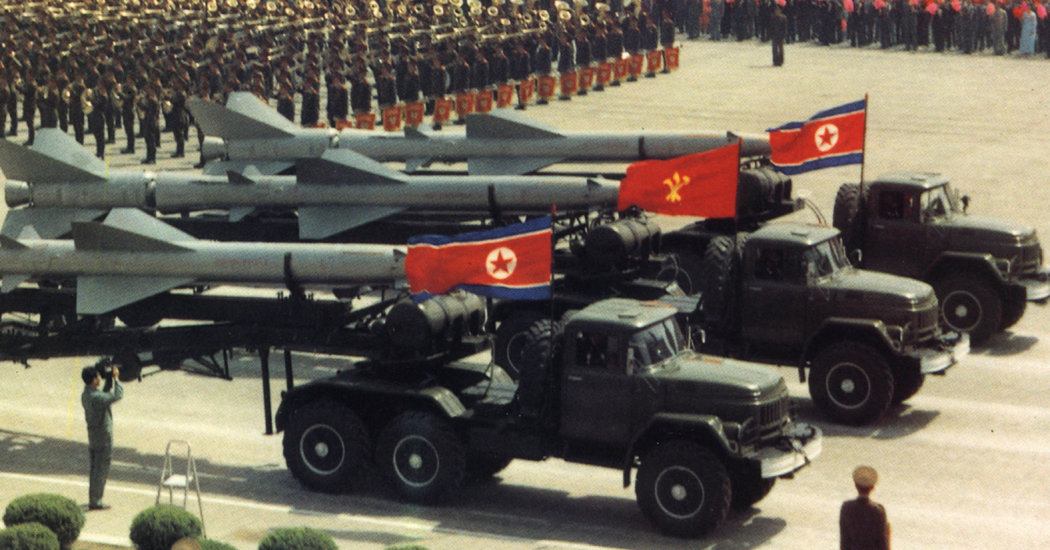In the annals of modern warfare, the specter of nuclear conflict looms large, casting a long shadow over international relations. The mere thought of a nuclear convoy—armored vehicles brimming with fissile materials—venturing forth on roads often strewn with peril is an evocative metaphor for the balance of power in a precarious geopolitical landscape. As nations grapple with the duality of security and risk, the question arises: Has a nuclear convoy ever been attacked?
To understand this multifaceted inquiry, one must delve into the historical and geopolitical contexts surrounding nuclear convoys. Firstly, it is crucial to define what constitutes a nuclear convoy. Typically, these are specialized transport vehicles tasked with the secure movement of nuclear warheads and associated materials. Considering their strategic significance, these convoys are guarded with utmost diligence, employing layers of security that are both sophisticated and intimidating.
The very nature of nuclear armaments demands a heightened sense of vigilance. Since the advent of nuclear weapons post-World War II, various nations have constructed elaborate logistical networks capable of facilitating nuclear transport. However, the primary objective remains consistent: to ensure the security of capacities that possess the potential to annihilate entire cities within mere seconds.
Historically, there have been numerous incidents that underline the vulnerabilities associated with the transportation of nuclear weapons. While there have been no confirmed cases of a successful attack on a nuclear convoy itself, there have been harrowing episodes which nearly led to catastrophic consequences.
One notable instance occurred during the Cold War, an era characterized by an arms race and the omnipresent threat of nuclear conflict. In the midst of this tumult, the Soviet Union undertook extensive measures to guard its nuclear arsenals. However, during the early 1980s, a series of training exercises—known as Operation RYAN—revealed systemic flaws in their security protocols. During these exercises, the potential threat of a nuclear convoy being intercepted or attacked transcended simulation, reflecting the ever-present dread of espionage and sabotage. Though no physical attacks transpired, the anxiety surrounding these operations offers a window into the paranoia that enveloped both superpowers at the time.
In addition to historical precedents, one must also consider the modern landscape of asymmetric warfare. The increasing sophistication of non-state actors—organized groups not formally affiliated with governmental bodies—presents a nuanced threat to the security of nuclear convoys. The proliferation of knowledge regarding nuclear materials, fueled by technological advancements and access to information, raises the stakes. Instances of attempted insurgency or sabotage targeting military assets directly implicate the vulnerability of nuclear transport. While no instance has culminated in an outright attack on a nuclear convoy, the specter remains dangerously close, lurking in the shadows of global uncertainties.
The stark reality of such vulnerabilities reaffirms the inherent dichotomy of security and deterrence in our nuclear age. The effort to safeguard these formidable capabilities often challenges the very tenets of strategic stability. Countries invest heavily in intelligence and counterintelligence operations designed to anticipate and mitigate potential threats to their nuclear arsenal. Such measures render nuclear convoys fortresses on wheels, albeit ones which traverse a landscape fraught with envy, fear, and hostility.
Moreover, the geopolitical ramifications of a successful attack on a nuclear convoy are dire. The act would not only signify a monumental breach of security but ignite a frenzy of retaliatory measures. In this hypothetical paradigm, the balance of power would be irrevocably altered, triggering a cascade of reactions that could plunge the world into chaos. The doctrine of mutually assured destruction stands as both a deterrent and a perilous foundation upon which international relations are often precariously balanced.
Nonetheless, the question remains: can the status quo endure? The inexorable evolution of warfare indicates that state and non-state actors alike are becoming more audacious, each seeking to exploit the vulnerabilities that define modern military logistics. As such, the evolution of surveillance technologies and counter-terrorism strategies must be relentless. Countries must evolve their paradigms to anticipate potential threats—adapting to an era where traditional paradigms of deterrence are increasingly being challenged by innovative tactics.
In conclusion, while no nuclear convoy has been successfully attacked thus far, the specter of such an event represents a harrowing conundrum for global stability. History bears witness to the precarious balance that exists between security and vulnerability, a dichotomy underscored by the ever-evolving landscape of international relations. The threats posed to these nuclear assets cannot be dismissed with complacency. As nations continue to grapple with the implications of their nuclear arsenals amidst turbulent geopolitical tides, the imperative for robust and adaptive security frameworks remains paramount. The world stands at the precipice, where vigilance remains the only bulwark against the horrors that lay slumbering within the shadow of a nuclear convoy.












